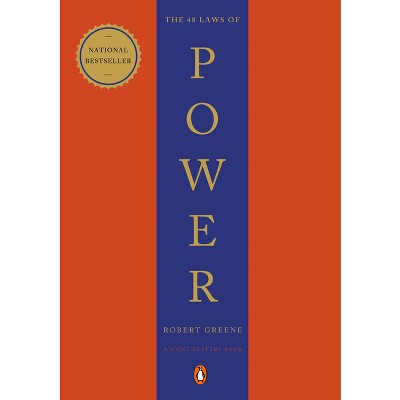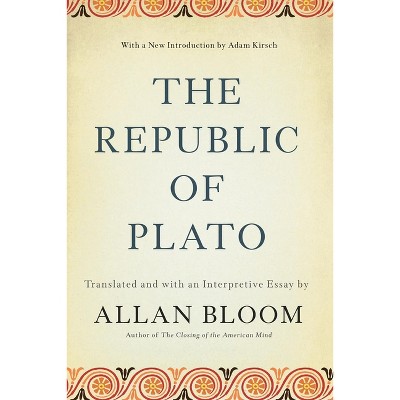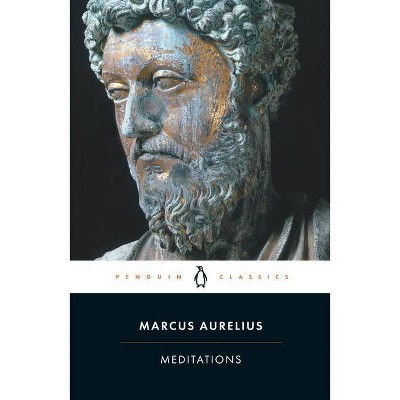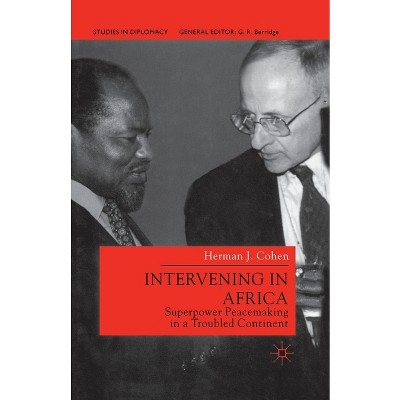Sponsored

The Buddha and the Quantum - by Samuel Avery (Paperback)
$17.99
In Stock
Eligible for registries and wish lists
Sponsored
About this item
Highlights
- Buddha and the Quantum is about the connection between meditation and physics.
- Author(s): Samuel Avery
- 132 Pages
- Philosophy, Buddhist
Description
About the Book
Hundreds of books since the Tao of Physics have discussed a connection between meditation and modern physics; this one clarifies what it is in both spiritual and scientific terms. Avery's brilliant model of consciousness makes difficult and subtle ideas understandable, surpris...Book Synopsis
Buddha and the Quantum is about the connection between meditation and physics. Many books show parallels between consciousness and physics; a few of these attempt to explain consciousness in terms of the physics of everyday experience. This is the only book on the market that explains physics and the everyday world in terms of consciousness alone. Space and time - and the physical world they define - are a structure of consciousness. We can understand the motion of the planets only by putting the sun at their center; similarly, we can understand modern physics only if we put space and time within consciousness.Buddha and the Quantum is also unique in that it shows why we think there is a world independent of consciousness. The concept of material substance is explained in terms of the same structure of consciousness that explains quantum mechanics and relativity theory.Kalapa is a Buddhist term for a subtle sensation: a point of consciousness in the body. Barely noticeable most of the time, it fills awareness during meditation. It is the voice of a cell. This book shows that it is also the quantum. Quanta arranged in space-time - photons - are visual consciousness: the experience of cells in the retina. This explains why modern physics has had so much difficulty understanding light. Light is not in space; space is in light. Buddha and the Quantum describes how experience in the physical world is built not from objective reality, but from experience within. Avery's brilliant model of consciousness makes difficult and subtle ideas understandable, surprising you with the implications.Review Quotes
Buddha and the Quantum presents Samuel Avery's theories about the intimate connection between the inner world of consciousness as revealed in meditation, and the outer world as described by quantum theory and relativity. Like many spiritual thinkers before him, he sees a deep significance in the notion that consciousness is embedded in the very fact of quantum events.This approach is one I have a nostalgic fondness for. In the 80s, I read most of the early generation of works exploring similar themes, most famous of which was Fritjof Capra's The Tao of Physics. A whole generation of thinkers, it seemed at the time, was forging a deep-level bridge between philosophies east and west, and between religion and science. Theirs was a hopeful spirit, before the emergence of fundamentalism soured the whole thing. I miss it. And so I'm glad that the task is being taken up again.Avery has moved on from the frustrating vagueness of Capra's references to 'Eastern philosophies.' We've learned a lot since then, and have practiced a lot, and that practice is the basis of Buddha and the Quantum. In his koan-like, crisp poetical style, Avery embeds articulate descriptions of meditation experience among his explorations of the philosophical implications of modern physics.Some of his observations are strikingly insightful: 'Buddhist meditation begins with breathing. Buddhism begins with morality.' A simple point, often overlooked. He rightly emphasizes that meditation is simply the extension and development of qualities found in ordinary consciousness, and that without a foundation in morality, this can include development of the unwholesome.If you're after a book on Buddhism, this is not for you. If you're after a book on quantum theory, this is not for you. But if you want to explore the ways that the ideas underlying modern science can be applied to bend and twist the mind into new shapes, The Buddha and the Quantum offers a challenging set of models and analogies.
Dimensions (Overall): 7.4 Inches (H) x 5.4 Inches (W) x .4 Inches (D)
Weight: .35 Pounds
Suggested Age: 22 Years and Up
Number of Pages: 132
Genre: Philosophy
Sub-Genre: Buddhist
Publisher: Sentient Publications
Format: Paperback
Author: Samuel Avery
Language: English
Street Date: March 16, 2011
TCIN: 1005679965
UPC: 9781591811060
Item Number (DPCI): 247-20-4555
Origin: Made in the USA or Imported
If the item details aren’t accurate or complete, we want to know about it.
Shipping details
Estimated ship dimensions: 0.4 inches length x 5.4 inches width x 7.4 inches height
Estimated ship weight: 0.35 pounds
We regret that this item cannot be shipped to PO Boxes.
This item cannot be shipped to the following locations: American Samoa (see also separate entry under AS), Guam (see also separate entry under GU), Northern Mariana Islands, Puerto Rico (see also separate entry under PR), United States Minor Outlying Islands, Virgin Islands, U.S., APO/FPO
Return details
This item can be returned to any Target store or Target.com.
This item must be returned within 90 days of the date it was purchased in store, shipped, delivered by a Shipt shopper, or made ready for pickup.
See the return policy for complete information.
Frequently bought together
Trending Philosophy

$13.99 - $23.05
MSRP $25.00 - $40.00
Buy 2, get 1 free select books, music & movies
4.4 out of 5 stars with 198 ratings

$15.00
MSRP $25.00
Buy 2, get 1 free select books, music & movies
4.5 out of 5 stars with 4 ratings

$10.23
was $10.78 New lower price
Buy 2, get 1 free select books, music & movies
4.6 out of 5 stars with 22 ratings

$8.18
MSRP $11.00
Buy 2, get 1 free select books, music & movies
4.8 out of 5 stars with 5 ratings

$12.69
MSRP $22.99
Buy 2, get 1 free select books, music & movies
5 out of 5 stars with 1 ratings

$7.26
MSRP $12.00
Buy 2, get 1 free select books, music & movies
4 out of 5 stars with 2 ratings











